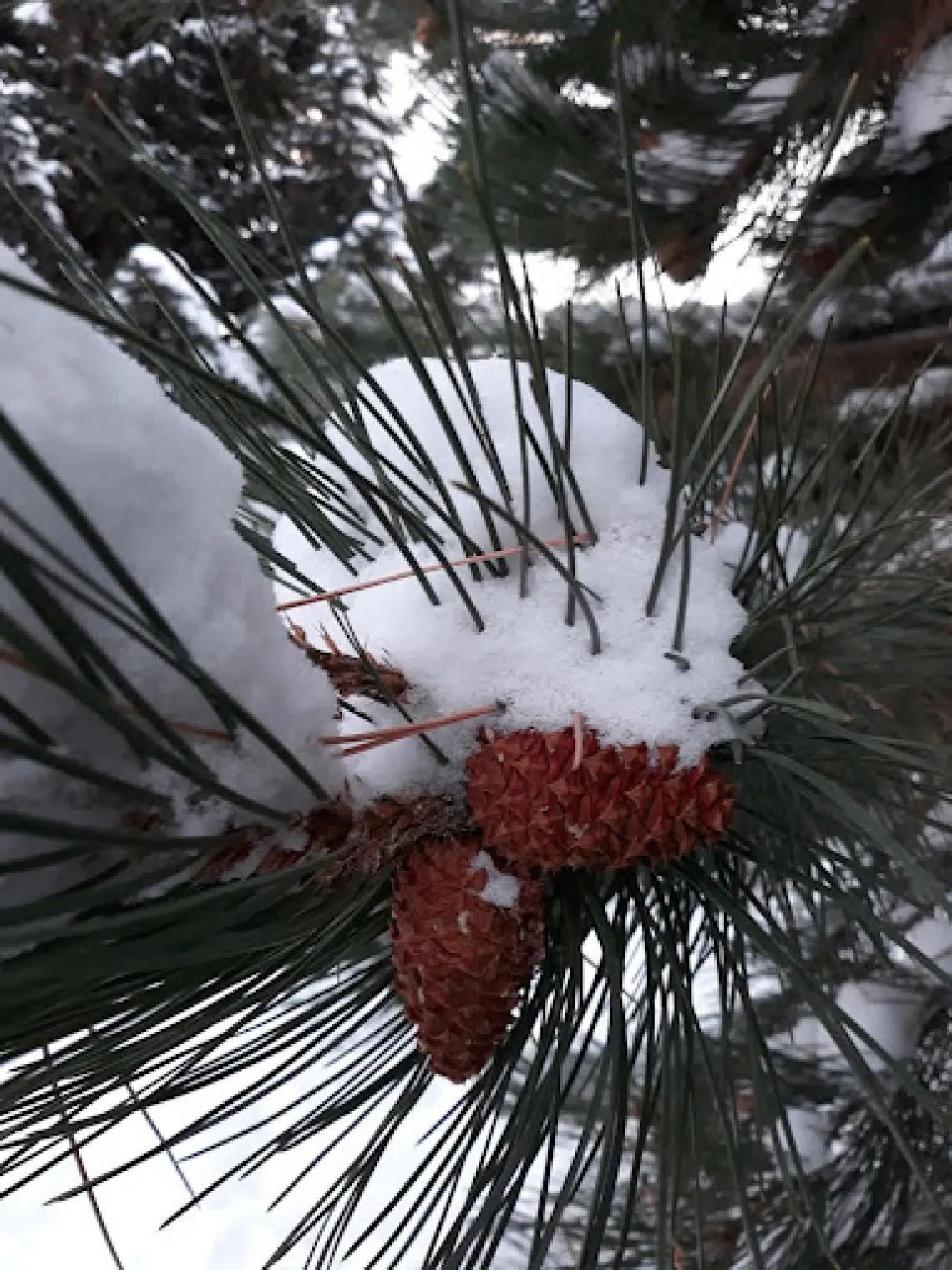Increased Fire Activity Has Led to Declines in Snowpack During Midwinter Dry Spells in California

SW CASC co-investigator, Alexander Gershunov (Scripps Institution of Oceanography), and 2021-2022 Natural Resource Workforce Development (NRWD) Fellow, Anne Heggli (Desert Research Institute), are authors of a new study showing that increased fire activity in California has led to rapid midwinter snowmelt during dry spells.
The study, “Midwinter Dry Spells Amplify Post-Fire Snowpack Decline,” was published in Geophysical Research Letters and discusses the overlap between wildfire activity and seasonal snow zones in California. The researchers discovered that, in 2020-2021 compared to 2001-2019, there was a sudden increase in fire activity that correlated to reduced snow albedo and tree canopy cover in 2022. These factors facilitated snowmelt during a mid-winter dry period. Conditions that are favorable to large, severe wildfires and drought are expected to increase due to climate change, making conditions like those observed in the study area from 2020 to 2022 more likely.
More high-severity large fires, increased drought, and albedo and tree canopy declines all contribute to declines in snowpack in California’s snow-covered landscapes. A reduction in snowpack has consequences for water supply and flood hazards, which may lead to further compounding effects such as drier late-season soil and vegetation.
The researchers stress in an interview with the Desert Research Institute that the snowpack impacts discussed in this study are the result of high-severity fire and not low-severity, prescribed or cultural burns used as adaptation strategies. They conclude that in order to inform adaptation in California’s snow zones, the culminating effects of wildfire, drought, and mid-winter melt on snowpack must be considered.

